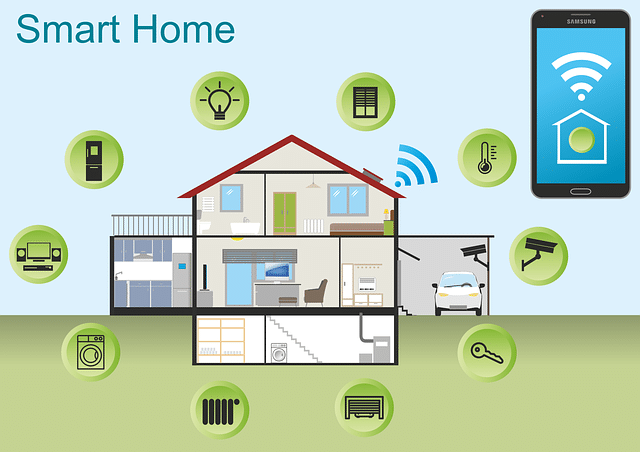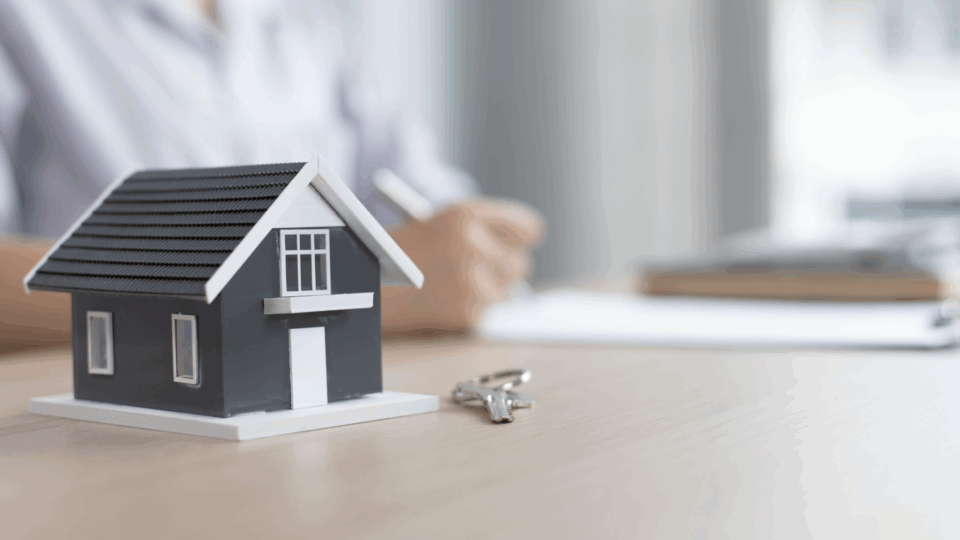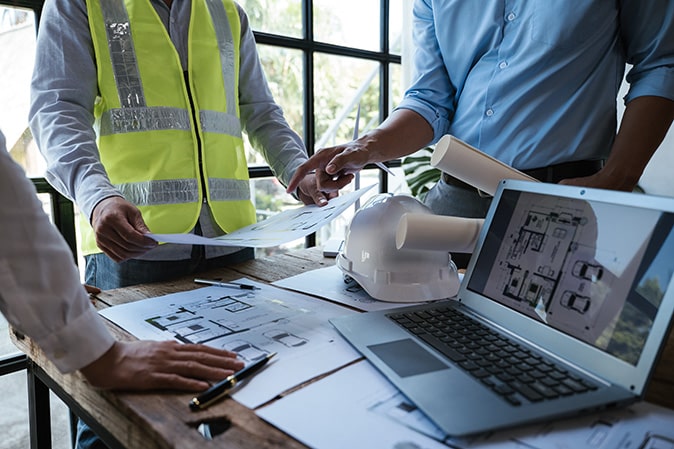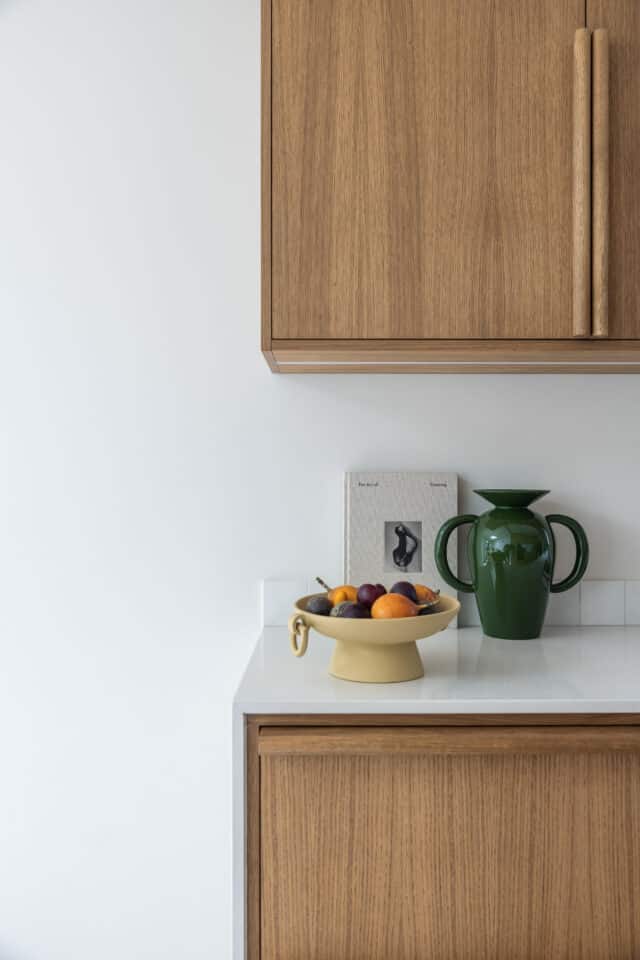Home automation is using controllers to help run your home and the activities within it. Currently the most popular home automation categories are centralised control of:
– Lighting
– HVAC (heating, ventilation and air conditioning)
– Security Systems (gates, alarms, cameras etc.)
– Home Entertainment (multi room audio and video)
– Appliances (cookers, fridges etc.)
By automating these aspects you should achieve a more convenient, comfortable, energy efficient and secure home. Devices may be connected through a computer network to allow control by a personal computer, or a smart phone, and may allow remote access from the internet.
A successful system is one that you find simple and easy to use. At the same time, it’s wise to enable your system to take advantage of future upgrades. With home working and flexible working hours becoming an accepted part of the business world it makes sense to ‘future proof’ your home by at least installing the cabling. Although you may not use it, one day the house will be sold and having this feature is likely to be an additional selling point.
What do you think you will really need and use? How complicated or sophisticated a system do you want and what budget do you have for this? Sometimes the best burglar alarm is a loud dog because you don’t have to set it and it doesn’t require programming! You should apply the same thinking to your home. When you’re planning your build therefore, approach this topic with caution, and keep it simple – as with every element of your project you’ll save a lot of money by being realistic about how you live and how you and your family will use the house.
This article is not a gadget guide. Instead it is designed to bring you up to speed on what you can do to make the most of modern technology to operate the systems and services in your home. It’s all about choice and living with what you feel comfortable and, above all, ensuring that it actually makes your home and life run more smoothly.
Home automation can be a lot of standalone systems with a separate controller for each, or a combined building management system (BMS) that centralises controls for a whole range of applications. With all systems there is a ‘brain’ which holds all of the programming information, a user interface (e.g. touch screen on wall, portable screen, smart phone, etc.), and sensors and transmitters which relay/activate the commands. There are millions of home automation products out there however, and until recently if you wanted to operate each item using a single system, then you would probably have been best going with one provider. Increasingly though, manufacturers are making their systems a lot more compatible with each other and enabling them to run over the homes existing broadband network. But be careful, as there is not yet a proper Home Automation standard and you may find that you do not get the full functionality or reliability you had hoped for.
A custom BMS is the most complex and expensive, but also the most reliable, installed by professionals who are responsible for making it work according to the specification. The advantages of custom systems are:
– More reliable system, comes with a warranty, technical back up if anything goes wrong
– Custom interface that can be accessed centrally or remotely (e.g. from your office, when on holiday etc.), via smart phone, tablet, or PC
– Remote monitoring by a third party (e.g. your boiler monitored by the manufacturer/installer); can centrally lock the house, switches can alter the lighting, audio and temperature
– Functions/switches can be changed at any time without rewiring
How it works
Lighting, heating, home entertainment and security systems cannot be controlled centrally unless they are connected to a network. A bespoke BMS will have its own network, but increasingly devices are making use of the existing computer network in the home.
Many people may not even realise it, but if you have a broadband connection the device, (Router), which connects to the internet, will have automatically created a home network for you. If your Router is WiFi enabled it will give you the option of connecting your devices wirelessly as well as being hardwired.
Wired connections are the most reliable. Whilst some manufacturers like to promote their own special cabling, this will restrict you to their products. Currently, wired systems have a greater capability than wireless and are more flexible. Nowadays most home automation equipment/systems can run on standard home network cable such as Category 5e and Category 6. If you decide to run Cat 5/6 cables to every room you will need to have a central point in the house to terminate them. A patch panel is often used to organise and marshal the wires so that they can be easily identified and plugged into the home network. The Broadband router sits on top of and connects into the home network to give every wired point in the home access to the internet.
A more basic wired network is a power line carrier system and can be an alternative to Cat 5e or Cat 6 cabling in some situations. It is cheap but not as reliable as other alternatives and has low band width. It uses the existing electrical wiring in your house and the devices are plugged into your sockets. It’s usually used for controlling lighting.
Wireless systems rely on radio frequency (RF) instead of cables. Whilst wireless technology is getting better, and there are many systems to choose from, they are not as stable as wired. But if in a retrofit situation, putting in cables is usually very complex and disruptive.
The World Health Organisation says that considering the low exposure levels to wi-fi in the home, there is no convincing evidence that it causes adverse health effects. For some, though, the jury is still out on how safe it is as it’s difficult to prove what the effects are. Apart from the health issue, there was a question over security of use with the possibility of being hacked into far greater than with a cable based system. The industry has addressed the problem and it is now considered to be a relatively unlikely occurrence. Another occasional difficulty is reliability, wireless signals are much more likely to drop out altogether and are prone to interference from other wireless devices.
If you’re upgrading your home, you may be able to mix and match various systems. There are relatively straightforward ways to get different systems ‘communicating’ with one other. You could therefore find that a combination of wired and wireless is best for your particular circumstances, so make sure to get advice from at least two home automation professionals as each will reflect the systems they are promoting.
Home Entertainment
This can mean anything from a home cinema in your living room with a large plasma or LCD TV, 5.1 or 7.1 surround sound system and Blue Ray DVD player, to being able to access and play your music/videos/pictures from any room in the house.
If you like to listen to the radio or tunes stored on an iPod/MP3 player or like to stream music live from the internet, but are moving about the house, the ability to send the audio to every room is very attractive. A media server is really just a large storage device where you can also access all of your stored DVDs, music or indeed anything else.
IPTV, whereby television will be streamed into your television set from your computer, rather than via satellite or aerial, is fast becoming a reality. This has recently been made even more prominent with the well publicised arrival of Netflix, which allows you to view a range of TV shows and movies on your computer for a fixed monthly rate. In fact, in ROI the TV license is on its way out because more and more people ‘watch TV’ on their computer but don’t have a TV per se. All modern TVs can now connect to you home network but if yours doesn’t have this capability you can simply connect your computer/laptop to your television set with a cable, allowing you to view the image on a bigger screen. Integrated systems do make sense, especially if you’re looking for a home cinema and a high quality image.
Safety and Security
One of our primary needs is for safety and security. Relying on a loud dog or neighbours to help deter unwanted guests is not sufficient; flooding them in light and all the action captured on a digital hard disk recorder is not only a great deterrent, it also provides incontrovertible proof in the event of a break in. When laying the electrical cable during the construction phase, you should allow for lights and cameras on the entrance path, driveway and illuminating the house. By connecting these to your intruder alarm, they will come on when it activates, by external movement sensors or on a dusk to dawn sensor.
If you worry about a break in when you are away on holiday, you can enable your mobile phone to call you if the sensor is activated. You can even set or unset the alarm via a text message so you can have a worry-free break, with no nagging doubts over whether or not you remembered to set it in the rush to get away. The system can also be connected to a monitoring station who will contact a key holder, or, if necessary, the police.
Speaking of keys, you can also get the locks connected to your home automation system (usually controlled wirelessly), making them keyless. They can be code activated, avail of a card key or even avail of your fingerprints; all can combine with a traditional key lock.
A step up from exterior lights is to include CCTV which will record any activity within the field of view of the camera. The action is captured on hard disk and can be viewed remotely via phone line or broadband connection to your PC, for which you will need a fixed IP address; this is easily arranged with your Internet Service Provider. You can use a smaller wireless camera for your intercom too, so when someone is knocking at your door you can see who it is from any interface you choose, including your smart phone!
With your intruder now deafened, lit up and captured on camera, hopefully they will decide this one is too hot to handle. Just to enforce that, if they think the house is occupied the chances are that will be enough to convince them to go elsewhere. Simulated occupancy could just be a few lights turned on by the intruder alarm, motion sensors or by a timer. If the lights are integrated with the intruder panel they can be controlled remotely.
A more advanced option is an ingenious program that ‘learns’ your movements over a two week period and then is set to replicate these whilst you are away, turning lights on and off, opening and closing curtains as well. Alternatively, you may wish it to imitate the light sequence used when coming downstairs, as if you’ve been alerted and are on your way to investigate. On a ‘lighter’ note, many people like to use their gardens in the evening with lamps hidden amongst the shrubbery or more visibly on a patio, the cabling for which should be put in during construction. To upgrade your home, consider wireless systems.
Fire/smoke and carbon monoxide alarms can be wired with Cat 5e/Cat 6 cables also, note that alarms must be installed in any room with a fuel-burning appliance.
Home automation can also make a big difference to the quality of life and safety of elderly or physically impaired people who are living alone, and not just panic buttons! Security is naturally very important, but so too movement sensors, or functionalities such as clapping to turn lights on and off.
Indeed, sensors can be activated by just about anything, from changes in the weather, e.g. rain sensors on your roof lights to close automatically should there be a shower, (a very attractive feature in our variable climate!), to movement. Infrared sensors have in fact come down in price significantly and are very useful for activating lights, indoors and outdoors, as well as ventilation systems in bathrooms when the relative humidity reaches a pre set level. You can also automatically give a command to your heating system once the temperature dips below a predetermined level, either inside or out.
DID YOU KNOW? In ROI it is a criminal offence for either a company or a person to supply or install intruder alarms, CCTV and access control systems unless they are licensed by the PSA (Private Security Authority). Even if you do so in all innocence, you are committing a criminal offence and can be prosecuted. Anyone employing an individual or a company not registered by the PSA is in breach of the law; the fine is up to €3,000 and/or five years in jail. Failure to wear a badge incurs the same fine. In NI there is no regulatory authority although approximately 90 per cent of all installers are members of the NSI (National Security Inspectorate).
Lights
A health warning to start with: beware of ‘wall acne’. This refers to putting plates on the wall for all the different functions you want to control. Apart from leading to confusion, anymore than one looks unsightly and is really unnecessary, you should be able to do everything you want from the one ‘patch’.
Beginning from a single on/off switch, the next step up is the facility to press and hold either bringing the lights up or dimming them. Further sophistication is four or six buttons all pre-set to create different lighting scenes incorporating all the light fixtures in the room. Touch screens provide endless possibilities.
Colour plays a large part in our lives, its ability to alter our moods is well known and so many people include an option to change the colour of the lights as well. For best effect, keep any other lights in the vicinity at a low level. You can create coloured lighting in three ways, but be warned, it’s not cheap. The simplest is a red/blue/green LED strip which uses a driver to convert the power to 12 or 24V and to DC, connector and remote or keypad controller. This kit allows you to choose how long and in what sequence each colour appears. The most sophisticated is fibre optic, ideal for a bathroom ceiling or small area for special effect, whereby fibre optic cables run from a central light source to the light fittings and the colour is chosen from a selection menu. Alternatively, the cheapest is a colour change bulb which fits into a standard mains or low voltage lamp socket.
The inability of children especially to switch off lights and power guzzling PCs games consoles when they leave a room is legendary, but frustration and cost need not be the result. You can set up your system to be activated by a movement sensor to put all these on standby, as well as turn off the lights after a predetermined length of time. A classic example is leaving a room intending to return but being diverted elsewhere with the light and everything else in it burning away for hours. You could also have a master switch at the entrance of the house to turn off all the lights, and when you come back it will only turn on the lights you want, as per your settings. Again, it depends how involved you want to get with the commands.
Energy Savings
What we’ve been talking about so far is all about choice and making your home more secure. With the cost of the cabling for an average four bedroom detached house around £3-4,000/€5-7,000 you might feel the price of convenience is too much, but that would be to forget about another advantage a whole house network provides; reduction in energy bills through efficiency of use. Saving electricity as described above is a start, or you could tune the heating into the nearest local weather station so that it will match the weather, or be sensitive enough to switch off when you open a window.
Monitoring energy usage from your appliances and setting them to come on when electricity is at its cheapest can also make a big difference.
Heating controls are one of the most cost effective ways of using energy only where and when you need it. Using your home automation system to zone your home you can forget about having to turn the thermostat down on each individual radiator – all you need to do is program the system for the time and temperature in each room.
You can even now get an alarm that detects water leaks in the plumbing, which can be linked to your home automation system to shut off the valve where there’s a problem. Again, particularly handy if you’re away from the house, but also to let you know when an appliance might need a part replaced. A stitch in time saves nine, especially with water charges!
Tour of the house
What can a home automation system do? Everything is possible! How about a colour touch screen giving control to the complete home environment, located in the main living, kitchen and dining area? In addition to sound, vision, security, temperature and light settings, this panel has internet access which is available throughout the house, allowing you among many others, to stream music or listen to live radio. Further control panels with touch button pads are in each room for individual settings within them, for a tailor-made experience.
On entering, in the hallway you can dock your smart phone, tablet or mp3 player to keep it charged, but still access its music database from any room in the house using control panels in the wall. If you want to listen to something else, a multi room audio system links satellite or cable TV and other sound systems so that they are playable throughout the house, even in the bathrooms.
Finally there’s what one could describe as the ‘whole room option’: when you want to watch a film in peace just as if you were in a cinema, a press of a button can lower the blinds, dim and colour the lights, and, if you’re lucky, scroll down the screen ready for action.




















